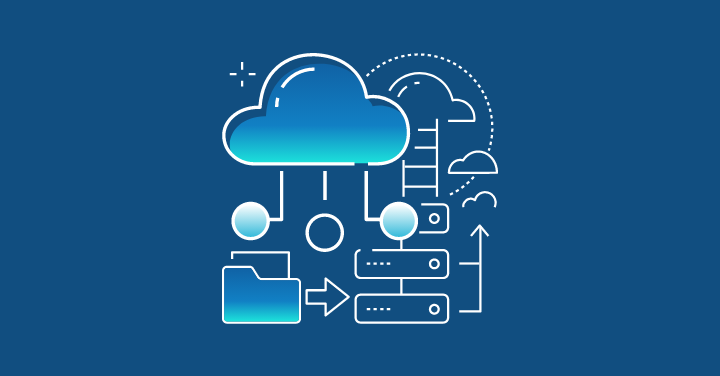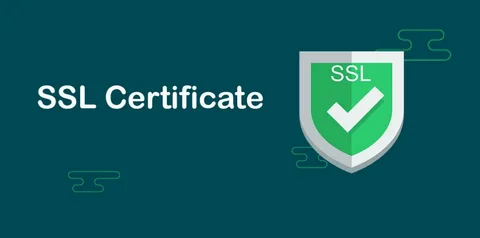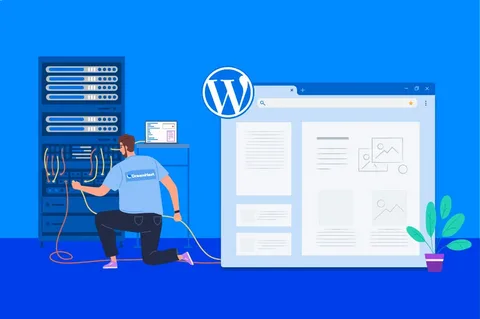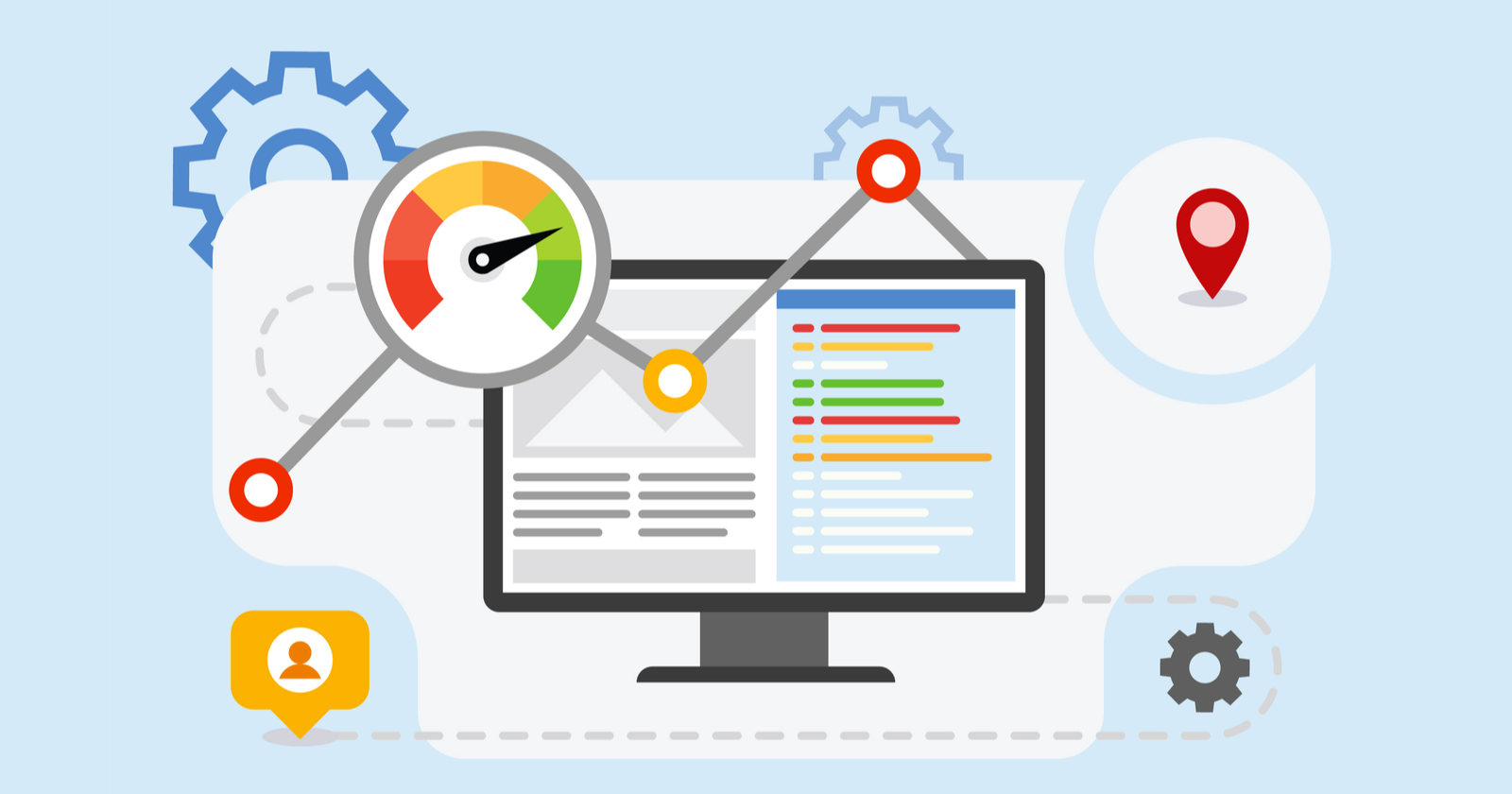Cloud adoption has become a business priority in 2025, not just for scalability but also for resilience and efficiency. Organizations worldwide are shifting workloads from on-premise data centers to cloud servers to streamline operations and reduce costs. According to a recent report, global spending on public cloud services is projected to reach $679 billion in 2024, up 20.4% from 2023.
Yet, while the benefits of cloud migration are clear, the process often intimidates organizations. Concerns about downtime, data loss, and compatibility issues can stall or complicate the journey. The good news is that with careful planning and structured execution, businesses can migrate to cloud servers seamlessly, minimizing disruptions.
This article outlines a step-by-step approach to cloud migration that balances risk with efficiency, ensuring organizations reap maximum benefits from their transition.

Why Migrate to Cloud Servers?
Migrating to cloud servers offers organizations:
- Scalability: Elastic resources that adjust to demand without physical hardware investments.
- Cost Optimization: Reduced capital expenditure on infrastructure and pay-as-you-go pricing.
- Resilience: Disaster recovery, data backup, and high availability built into cloud platforms.
- Innovation: Faster deployment of apps and services, enabling agile business models.
For many organizations, cloud migration is not optional anymore; it’s a strategic requirement to stay competitive in increasingly digital markets.
Step 1: Assess Current Infrastructure
Before moving workloads, companies must evaluate existing infrastructure. This includes:
- Hardware and software dependencies
- Application criticality (mission-critical vs. low-priority systems)
- Compliance requirements (data residency, industry regulations)
- Security protocols currently in place
An audit creates a baseline for identifying what can be migrated easily, what needs modifications, and what should stay on-premise for now. Many organizations use this stage to clean up redundant systems and streamline processes before shifting to the cloud.

Step 2: Define a Cloud Migration Strategy
There is no one-size-fits-all cloud migration strategy. Businesses typically choose between:
- Rehosting (Lift-and-Shift): Moving applications with minimal changes.
- Replatforming: Making small optimizations without redesigning applications.
- Refactoring: Redesigning applications to fully leverage cloud features like microservices.
- Hybrid Migration: Splitting workloads between on-premise and cloud servers.
Selecting the right approach depends on goals, timelines, and budget.
Step 3: Choose the Right Cloud Provider
Providers like AWS, Microsoft Azure, and Google Cloud dominate the market, but regional providers may offer tailored compliance and pricing benefits. Consider:
- Data center locations (important for latency and regulations)
- Pricing models and long-term scalability
- Security certifications and compliance offerings
- Integration with existing business tools
Many organizations also adopt multi-cloud strategies to avoid vendor lock-in and to optimize costs.
Step 4: Plan for Data and Application Migration
Data migration is often the most complex phase. Moving terabytes or petabytes of sensitive information without downtime requires careful planning.
Techniques include:
- Online migration tools: Continuous data replication tools that sync live systems to cloud servers.
- Offline transfers: Physical shipment of storage devices for very large datasets.
- Phased migration: Migrating workloads in waves, starting with low-risk systems.
The risk of disruption is real — 81% of IT leaders reported application downtime during cloud migration projects. This makes phased migration, thorough testing, and rollback plans critical.
Step 5: Ensure Security and Compliance
Security must be integrated into every stage of migration. This includes:
- Encrypting data at rest and in transit
- Configuring identity and access management (IAM) policies
- Meeting compliance standards (GDPR, HIPAA, ISO, or local UAE data laws)
- Implementing firewalls, monitoring, and logging systems
Cloud providers offer built-in tools, but businesses remain responsible for configuring them properly. Misconfigured cloud environments are a leading cause of breaches.
Step 6: Test Before Going Live
Testing ensures migrated applications work as expected. Run load tests, simulate real-world usage, and validate integrations with third-party services.
Parallel runs — operating old infrastructure alongside the new cloud system for a limited period — help confirm stability before decommissioning legacy servers.
Step 7: Train Teams and Manage Change
Cloud migration is not purely technical; it requires cultural and operational adaptation. Provide training for IT teams on cloud management tools, security protocols, and DevOps practices.
Change management should also extend to business users, ensuring minimal disruptions to workflows during the transition.
Step 8: Monitor, Optimize, and Scale
Migration is just the start. Post-migration monitoring ensures systems remain secure, stable, and cost-effective. Key actions include:
- Continuous monitoring for performance and security anomalies
- Rightsizing instances to prevent over-provisioning
- Leveraging auto-scaling for fluctuating workloads
- Reviewing cost dashboards and optimizing usage
Cloud systems thrive on agility; regular reviews maximize value over time.
Challenges to Watch Out For
Even with meticulous planning, organizations face challenges such as:
- Legacy applications incompatible with cloud environments
- Data residency restrictions requiring hybrid models
- Budget overruns due to underestimated migration costs
- Cultural resistance within teams to adopt new systems
Anticipating these hurdles and preparing contingency plans helps minimize risk.
Conclusion
Migrating to cloud servers is a complex but rewarding journey. By assessing infrastructure, defining the right strategy, selecting providers wisely, ensuring security, and prioritizing testing, businesses can achieve migration without disruptive downtime. The long-term benefits — scalability, cost efficiency, and resilience — far outweigh the initial challenges.
For organizations in the UAE and beyond, seeking structured guidance and templates for smooth migration, Tezhost.com offers resources that simplify compliance and planning. With the right strategy, cloud migration becomes less of a disruption and more of a competitive advantage.



